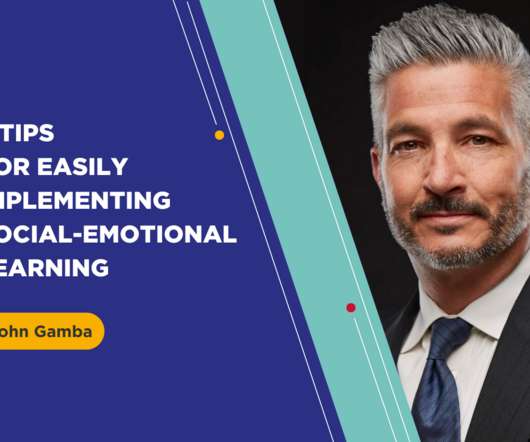In Successful Edtech, Pedagogy Comes First—Devices Second
Digital Promise
JANUARY 19, 2016
In terms of student proficiency, today's classrooms are more diverse than ever. And we're serving more and more students who are just learning English. In these classrooms, teachers face a seemingly impossible task -- providing effective instruction to all the unique students under their care.















Let's personalize your content